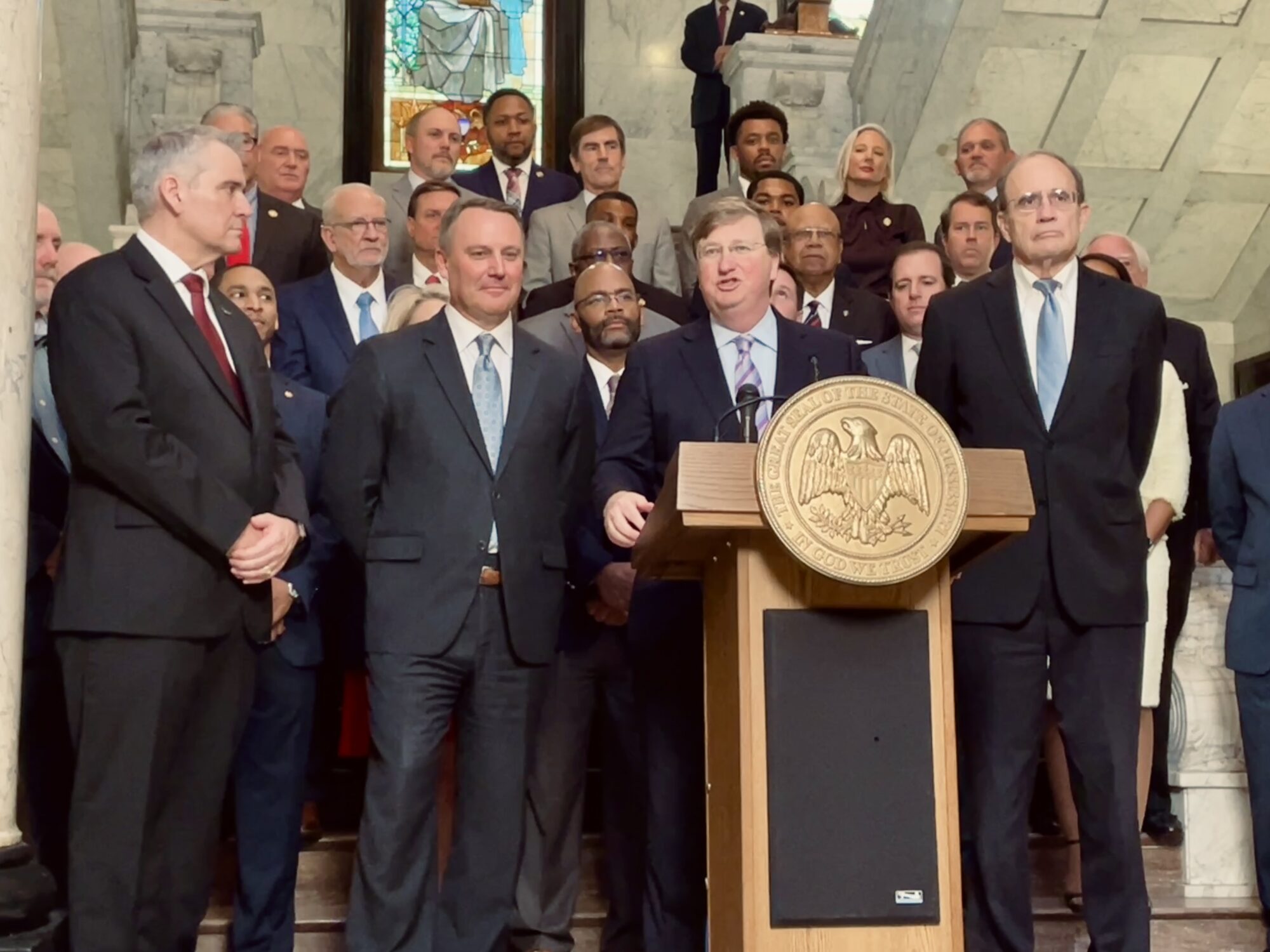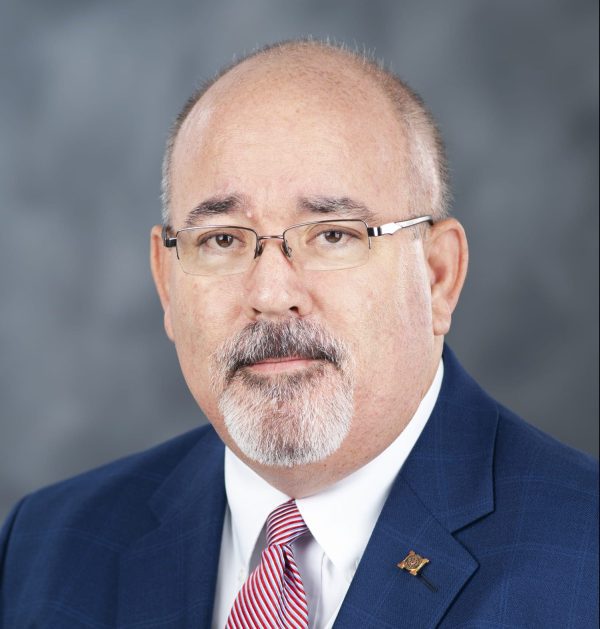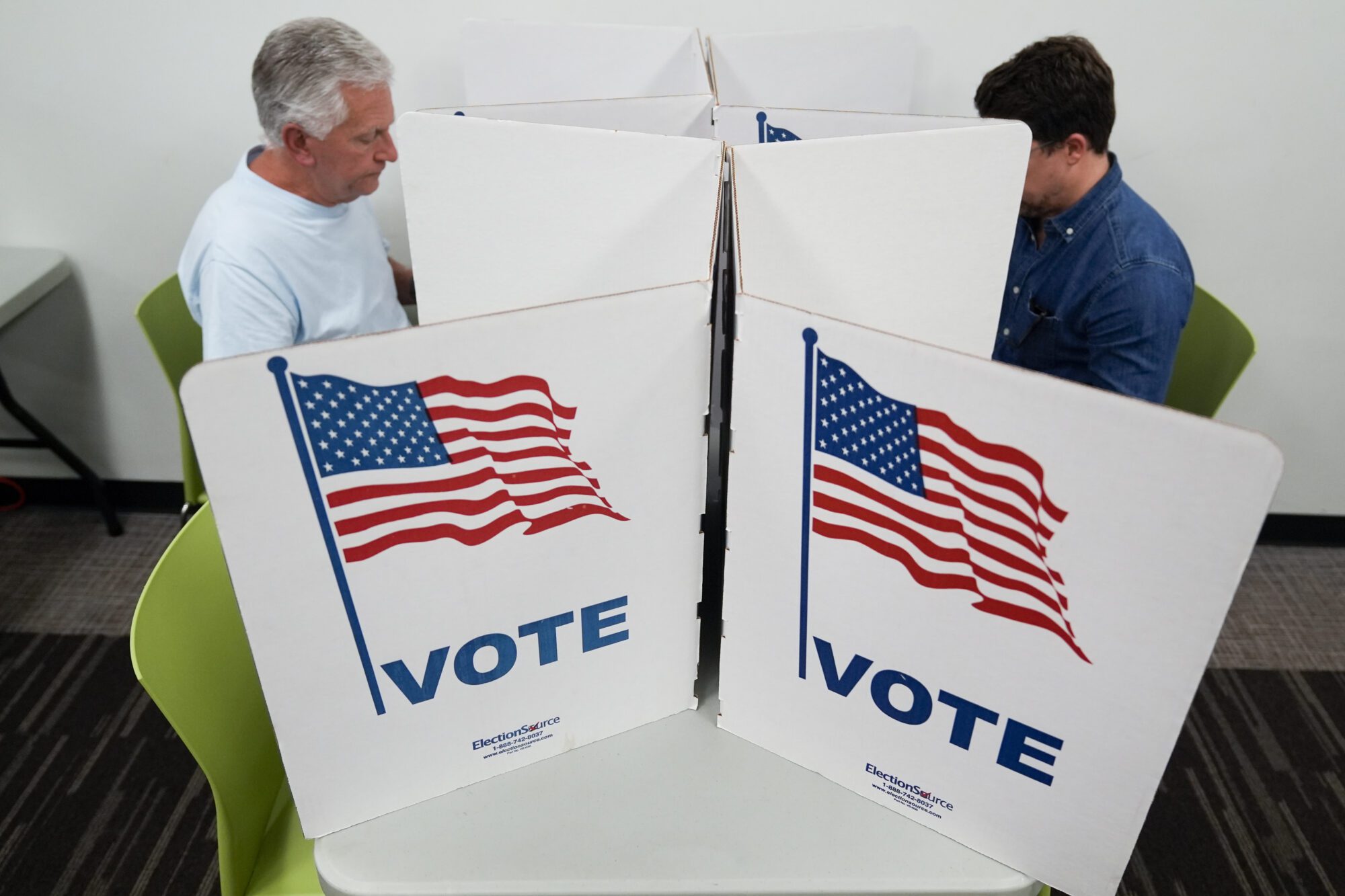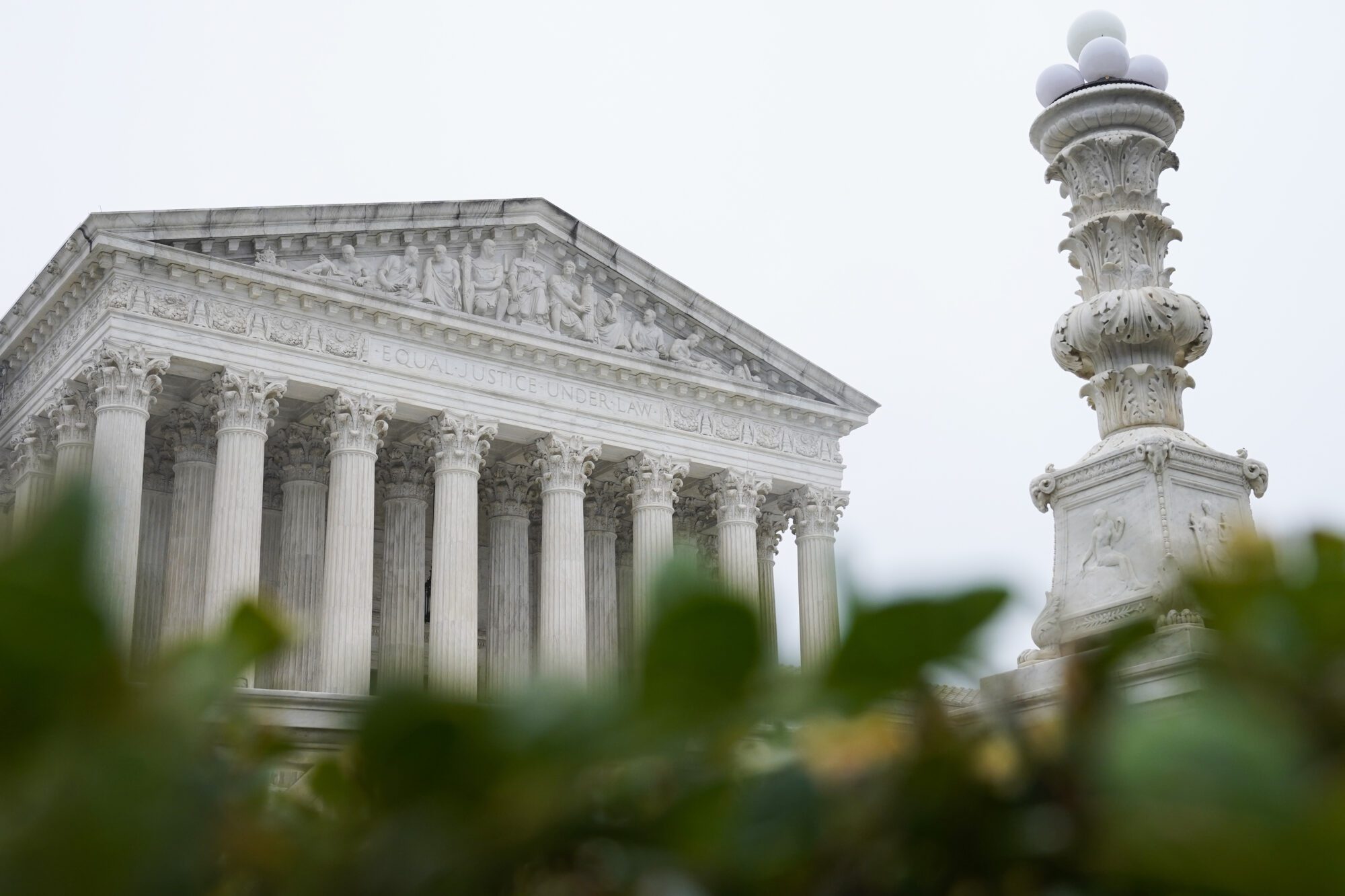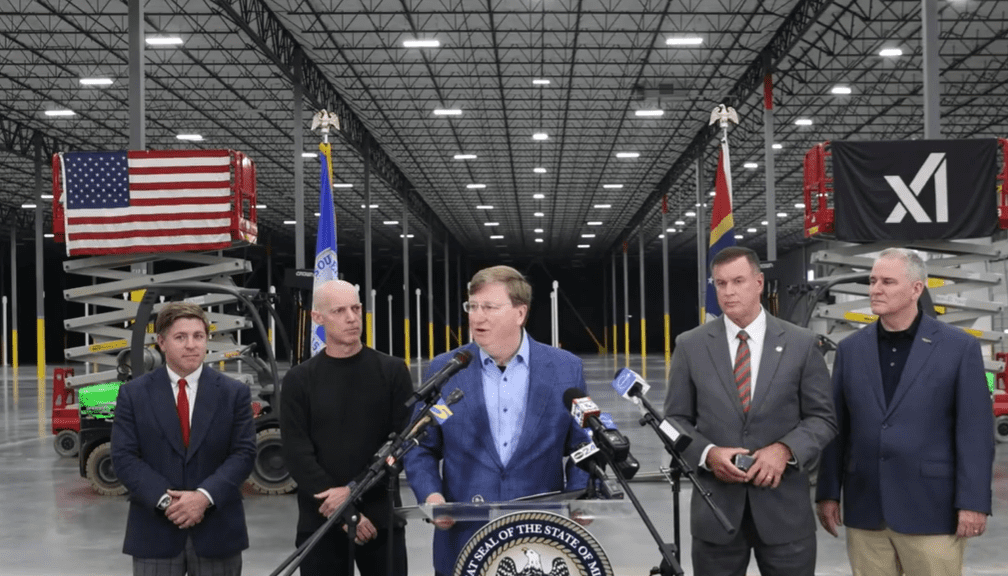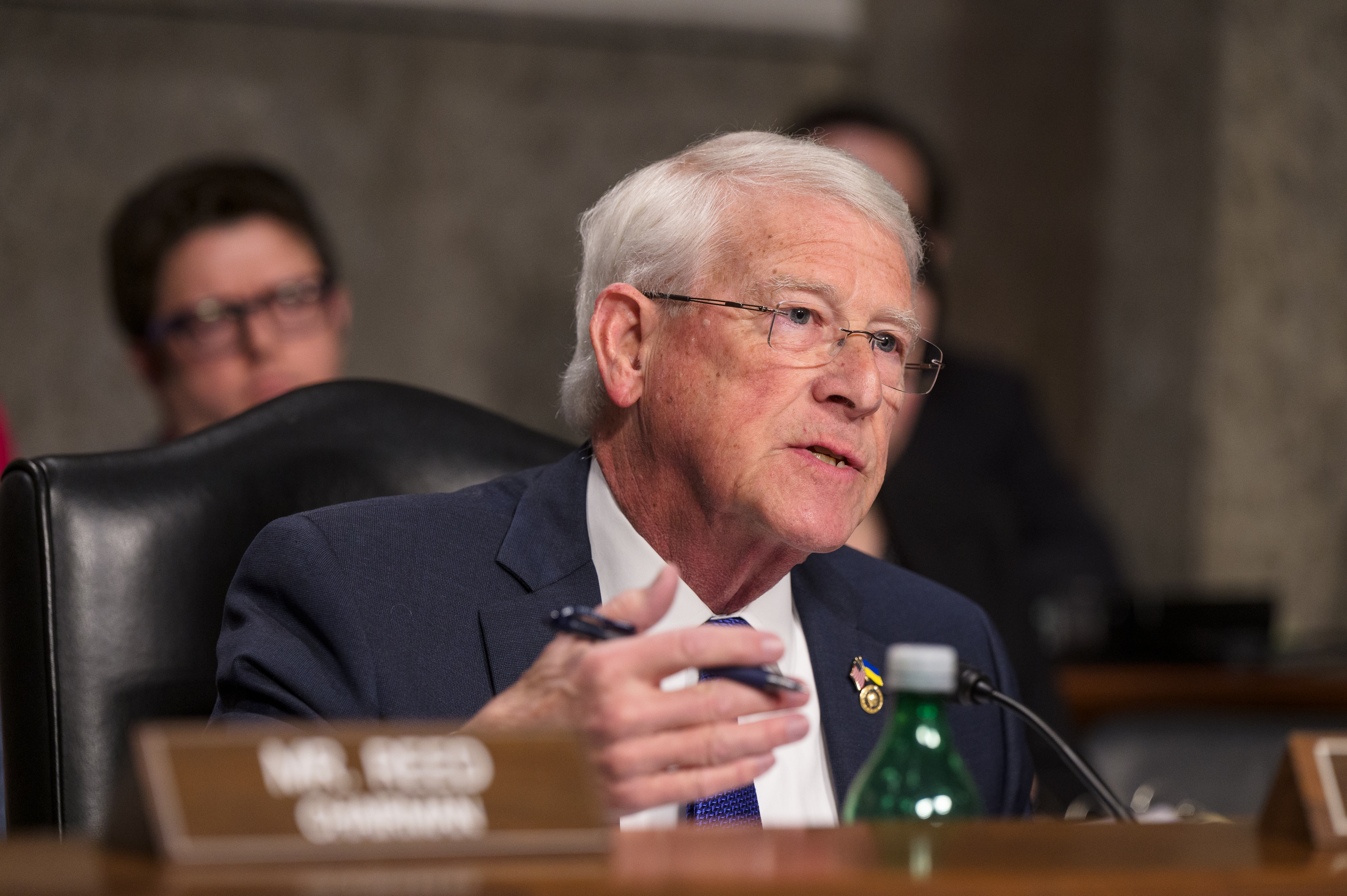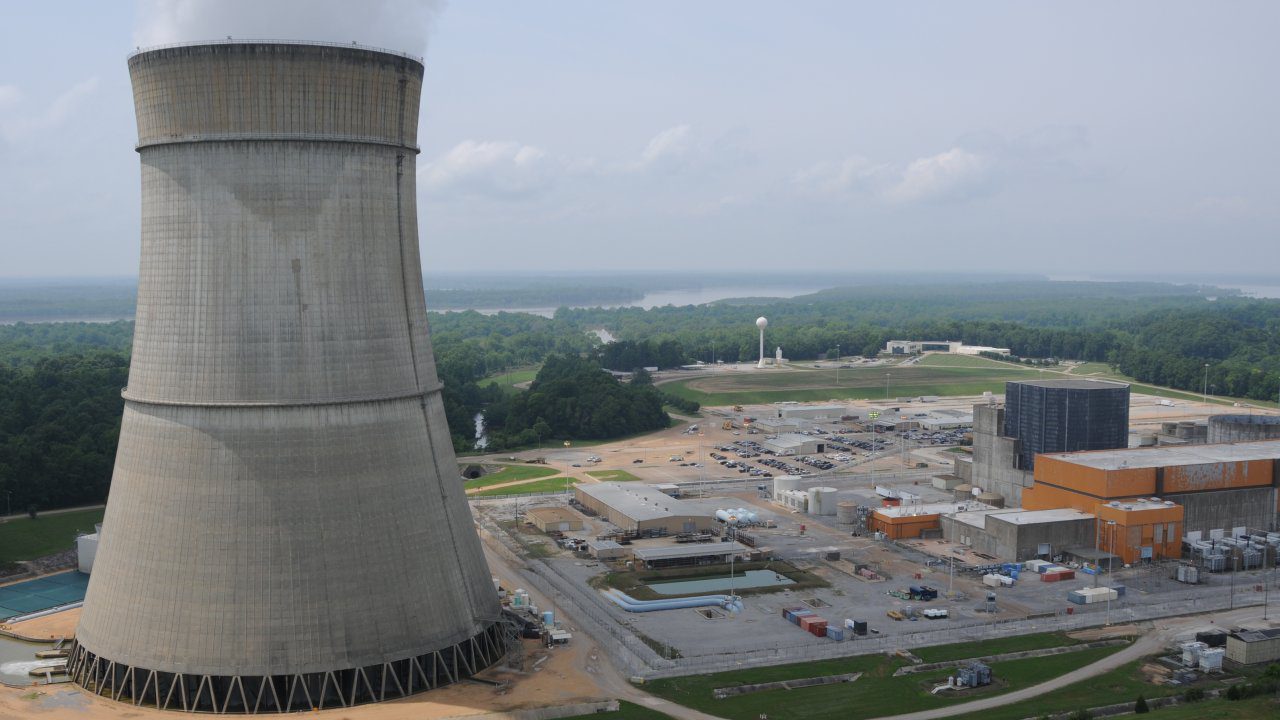
Grand Gulf Nuclear Station in Port Gibson, Miss. (Photo from Entergy)
- Patrick Sullivan says more and more, electricity is the currency for economic growth, and nuclear is one of the few ways to produce it today on a large scale.
For the first time in more than a generation, the United States could be on the verge of adding nuclear-powered electricity to its energy portfolio. With an aging nuclear reactor fleet and rapidly growing electricity demand due largely to industrial growth, the Trump Administration is aiming to restart development in a critical U.S. energy sector that’s only seen two new commercial projects develop in the last 40 years.
Forty years ago was when Entergy’s Grand Gulf Nuclear Station in Claiborne County began operating after a long construction process. Even with the early challenges, Grand Gulf remains the single largest and lowest cost electricity producer in central Mississippi, accounting for about 18% of electricity generated in all of the state. It is licensed to operate until 2044.
Including Grand Gulf, there are 94 operating reactors at 54 locations across the U.S, most all of which are 40-plus years old. 30 new nuclear energy plants under construction in China will be added to their existing operating fleet to roughly match U.S. nuclear capacity. More and more, electricity is the currency for economic growth, and nuclear is one of the few ways to produce it today on a large scale.
For a future U.S. nuclear energy initiative, time will tell of whether a true nuclear energy expansion is in the making, but if a new wave of development is coming, what might we expect?
First, don’t expect rapid development or physical projects very soon. Historically, nuclear energy projects have taken 15 years or more to plan and construct. In the next few years, the bulk of activity will likely be in late-stage R&D, pilot projects, utility site planning and federal policy reform, which is long overdue.
Last week, U.S. Energy Secretary Chris Wright said on X, “Let’s talk nuclear energy: the energy dense, always ON energy source that we’ve smothered for decades with regulatory red tape. Under the Trump Administration, you’re going to truly see the launch of the nuclear renaissance. The coming years will be HUGE.”
As Wright implies, nuclear, like every energy source, has unique advantages and disadvantages. Its biggest upsides are reliability, no emissions, low operating costs, high efficiency, low land use and long operating lives. Industrial demand for emissions-free electricity is great, and nuclear is the most reliable, scalable option. Disadvantages include extremely high capital costs, lengthy project development times, and having to manage small volumes of long-term radioactive material.
Next, expect new financing schemes or smaller, incremental project options. The high capital requirements of nuclear energy projects are the main reason only two U.S. projects have been completed in the past few decades. The combination of high costs, long development times, and regulatory uncertainty translates to great risk for electric utilities. Therefore, over the last 40 years, building coal, natural gas plants, or smaller, federally-subsidized wind and solar projects was simply faster and cheaper with far less risk.
In an effort to decrease initial capital costs and permitting times, significant investment has gone into the development of small modular reactors (SMRs), which have attracted much attention for nuclear’s future. The idea is, SMRs will be prefabricated, transportable, smaller-capacity reactors where utility sites can simply add modules to scale up as demanded to reduce upfront costs and regulatory burdens.
However, much uncertainty remains about the future of SMRs. Currently, only two SMRs are operating commercially, and those are in Russia and China. In the U.S., the Tennessee Valley Authority (TVA) has applied for the first construction permit for a GE Vernova Hitachi SMR at TVA’s Clinch River site in TN. A number of other companies have SMRs in the development phase, but none have been licensed by the Nuclear Regulatory Commission for commercial operation. Presumably, the federal policy work soon will address the historically painfully-slow permitting and licensing of new units.
In June, Energy Secretary Wright announced an ambitious plan to have three SMRs built and producing power at the DOE Idaho National Lab by July 4, 2026. Wright, an MIT engineer, has an impressive history working in the oil and gas industry. Self-described as a “tech nerd turned entrepreneur,” Wright may be the right person to bring reason to the regulatory process towards restarting an industry that’s largely been under paralysis for decades.
With new ambitious plans, the next few years will be interesting to see if federal policies and industrial electricity demand growth stimulate more widespread planning for the next generation of nuclear, whether large reactors, SMRs or both.



